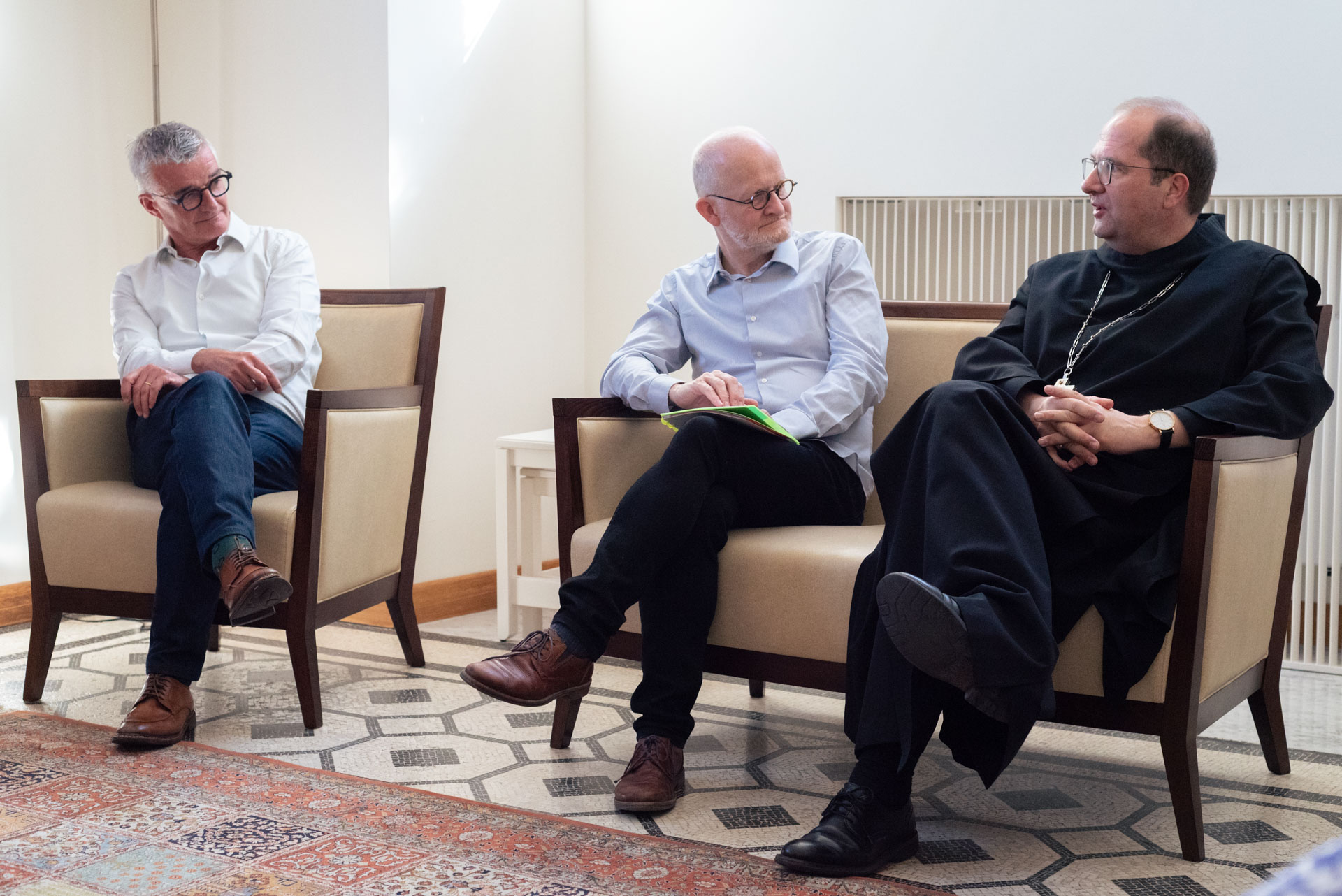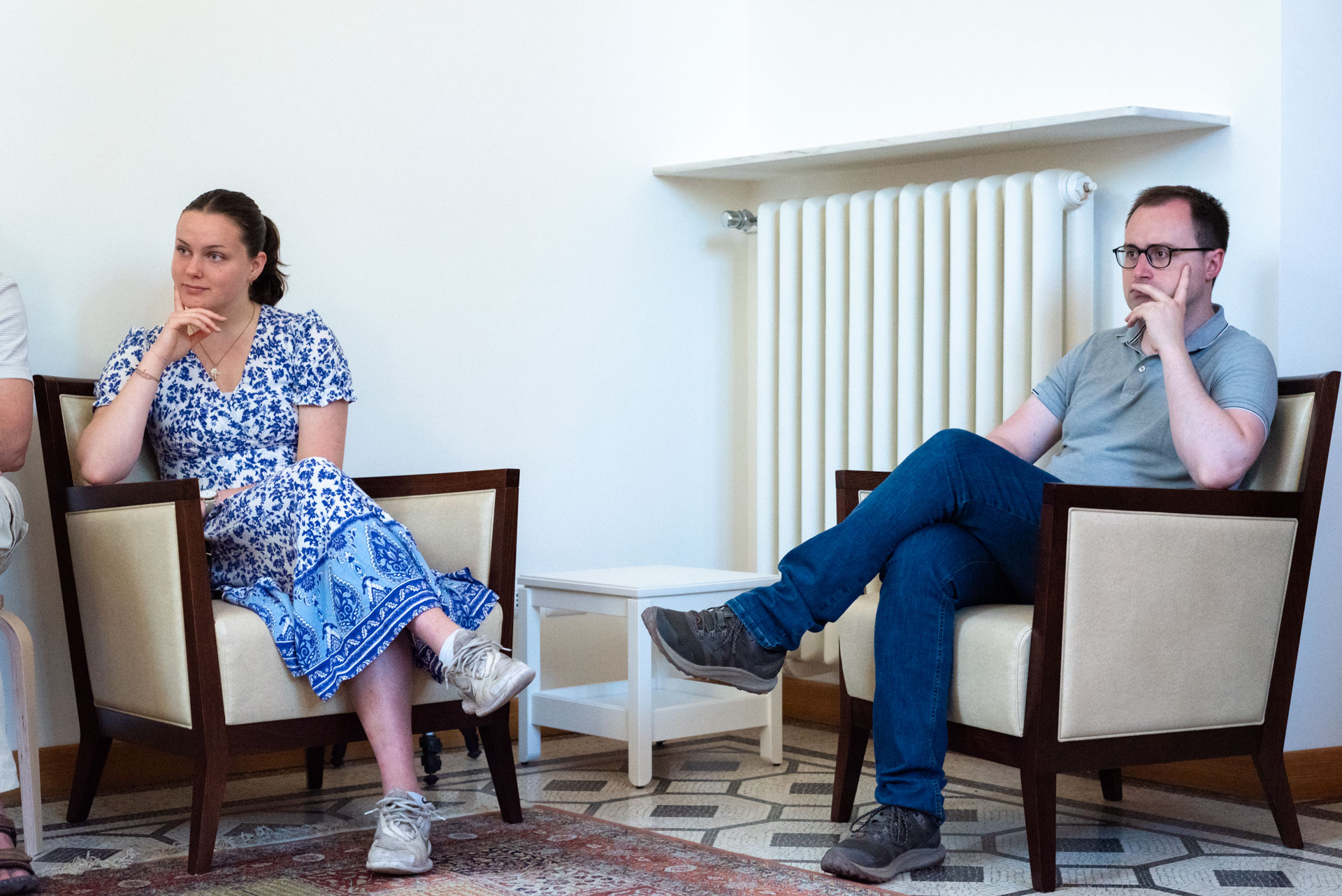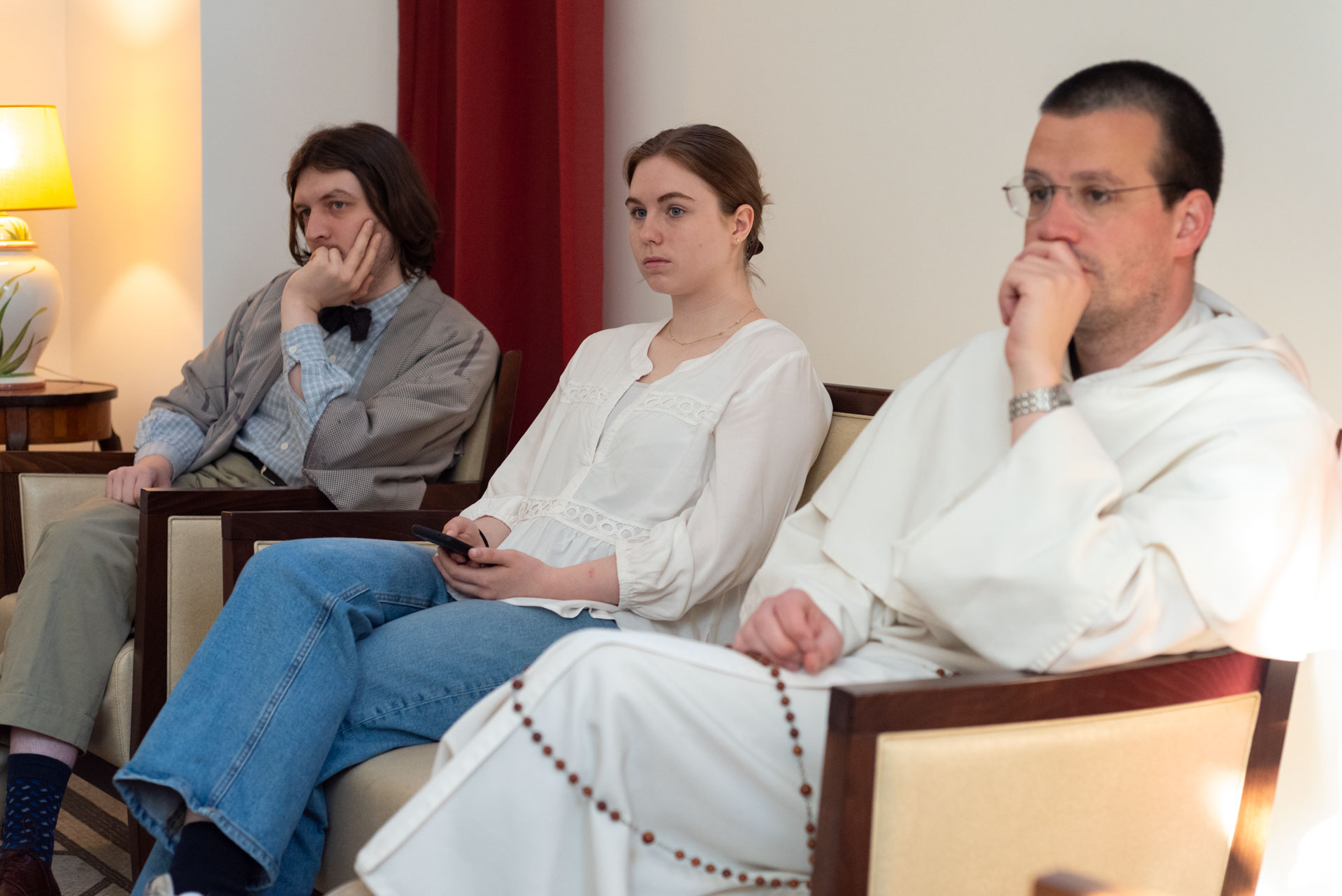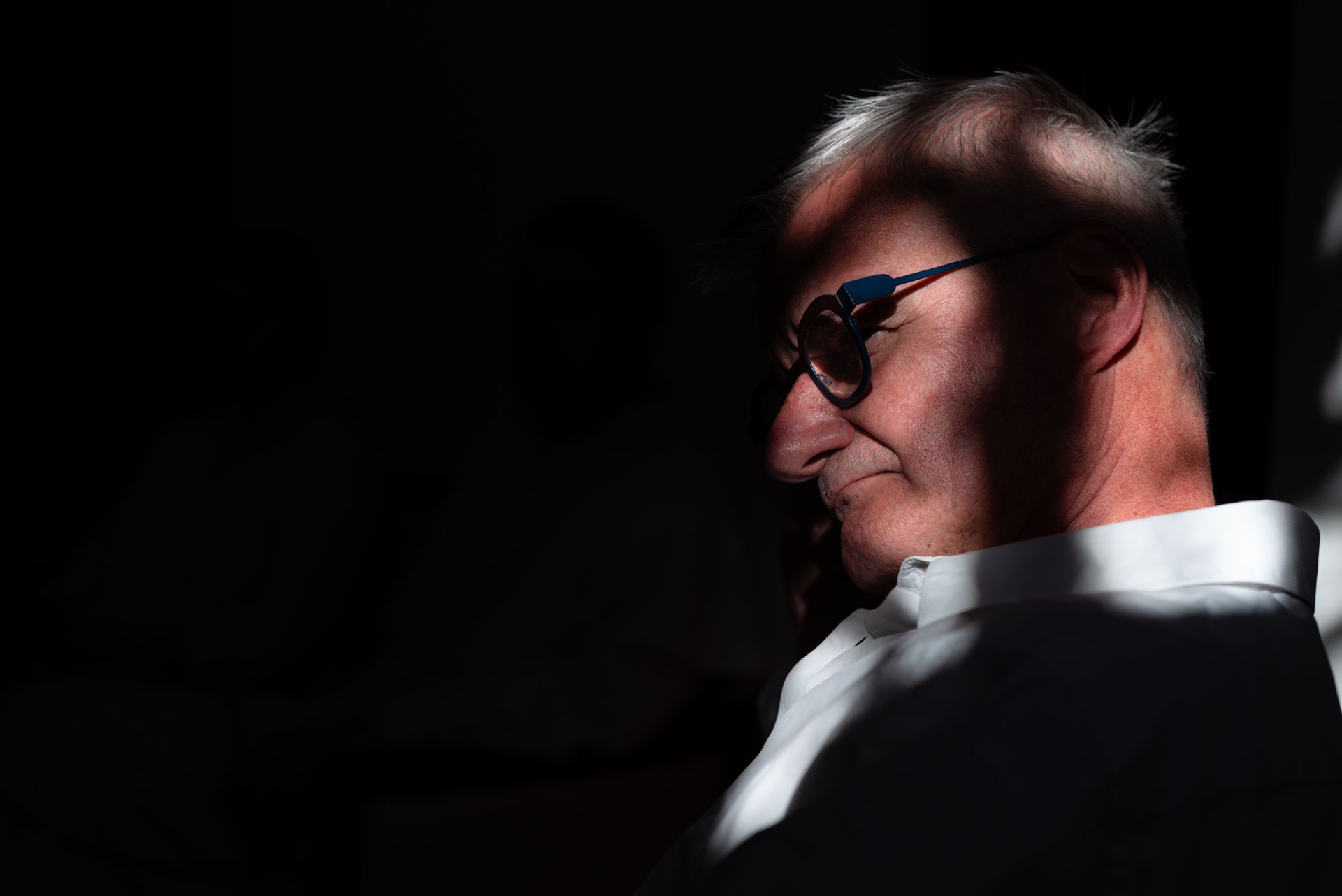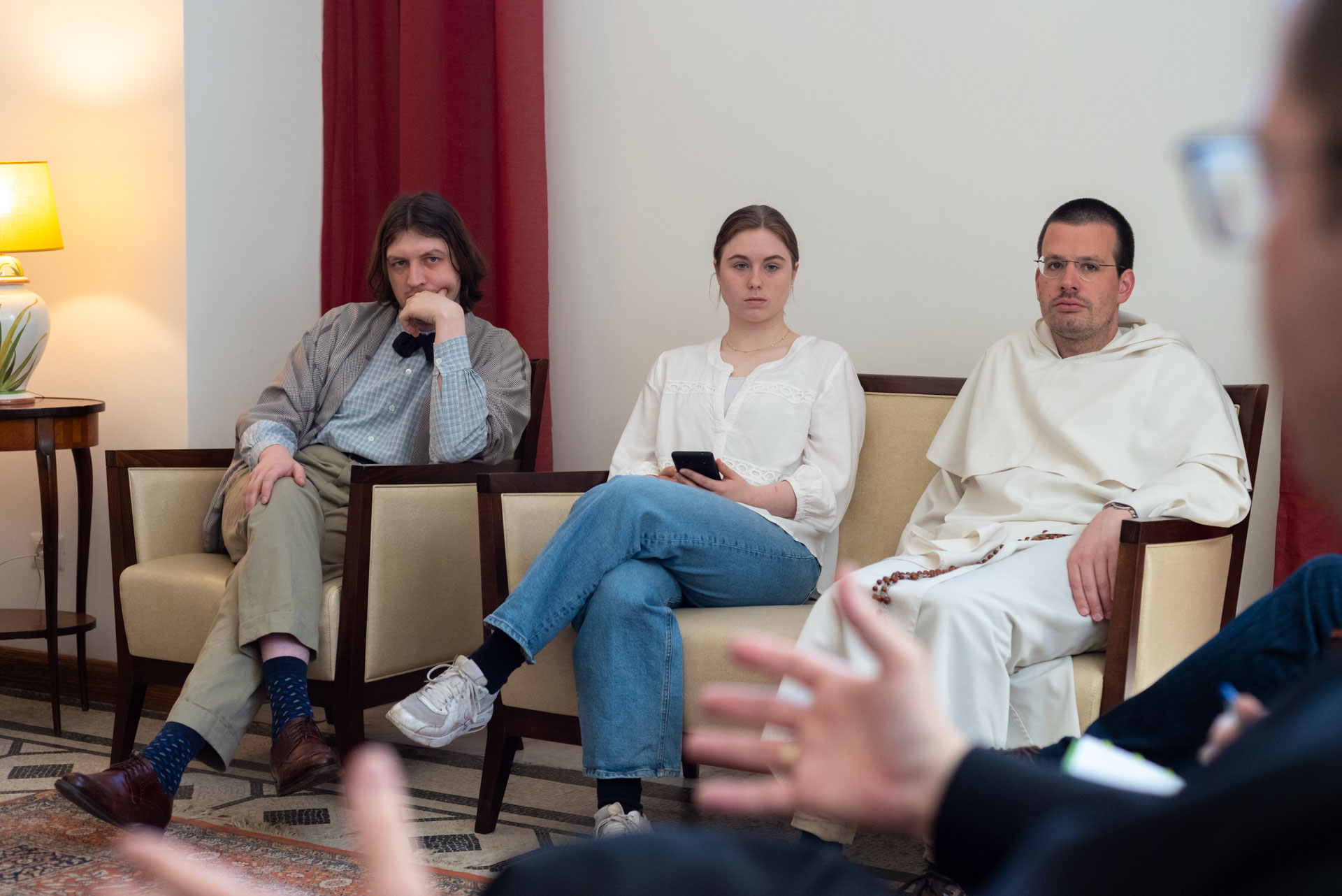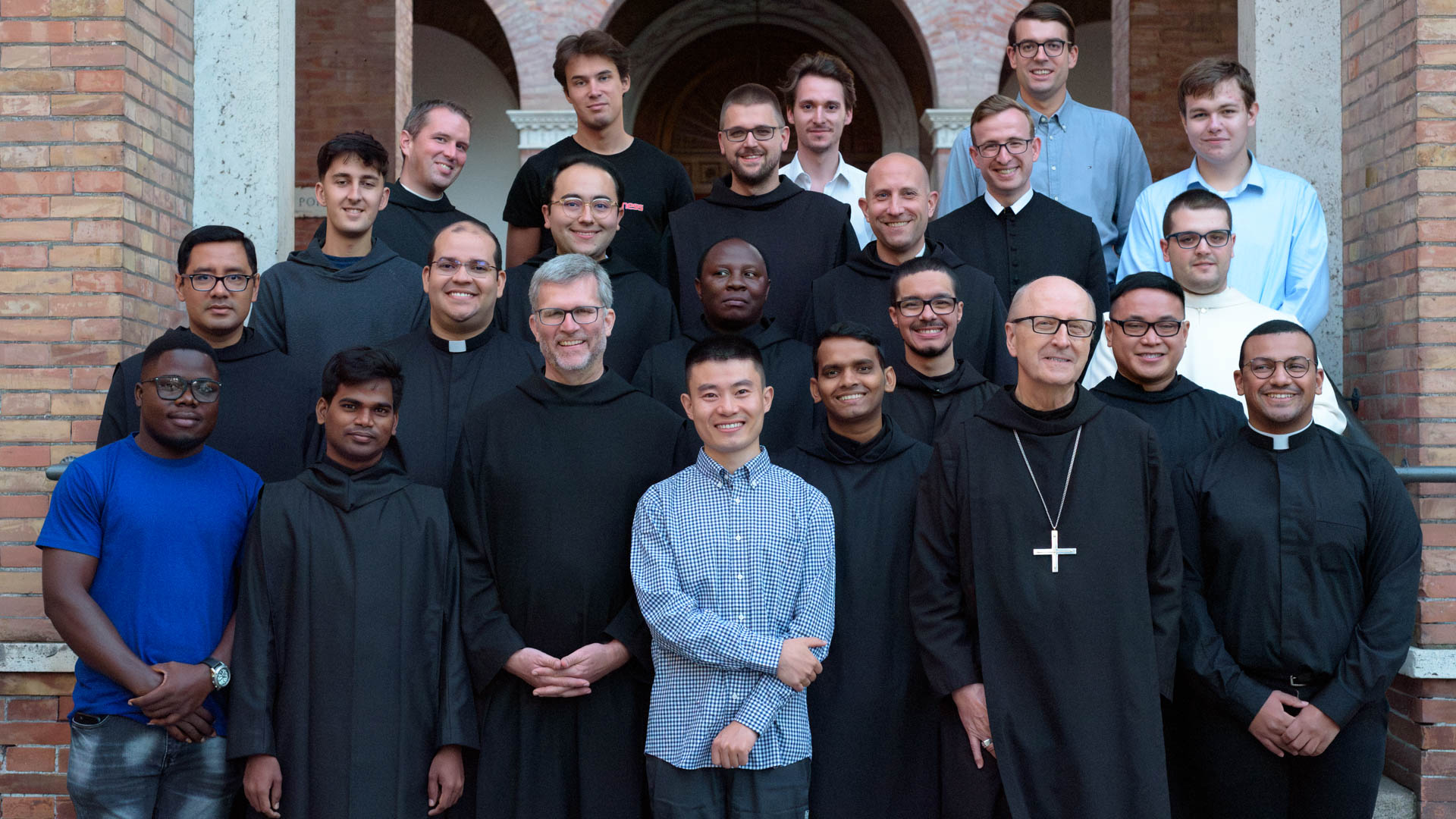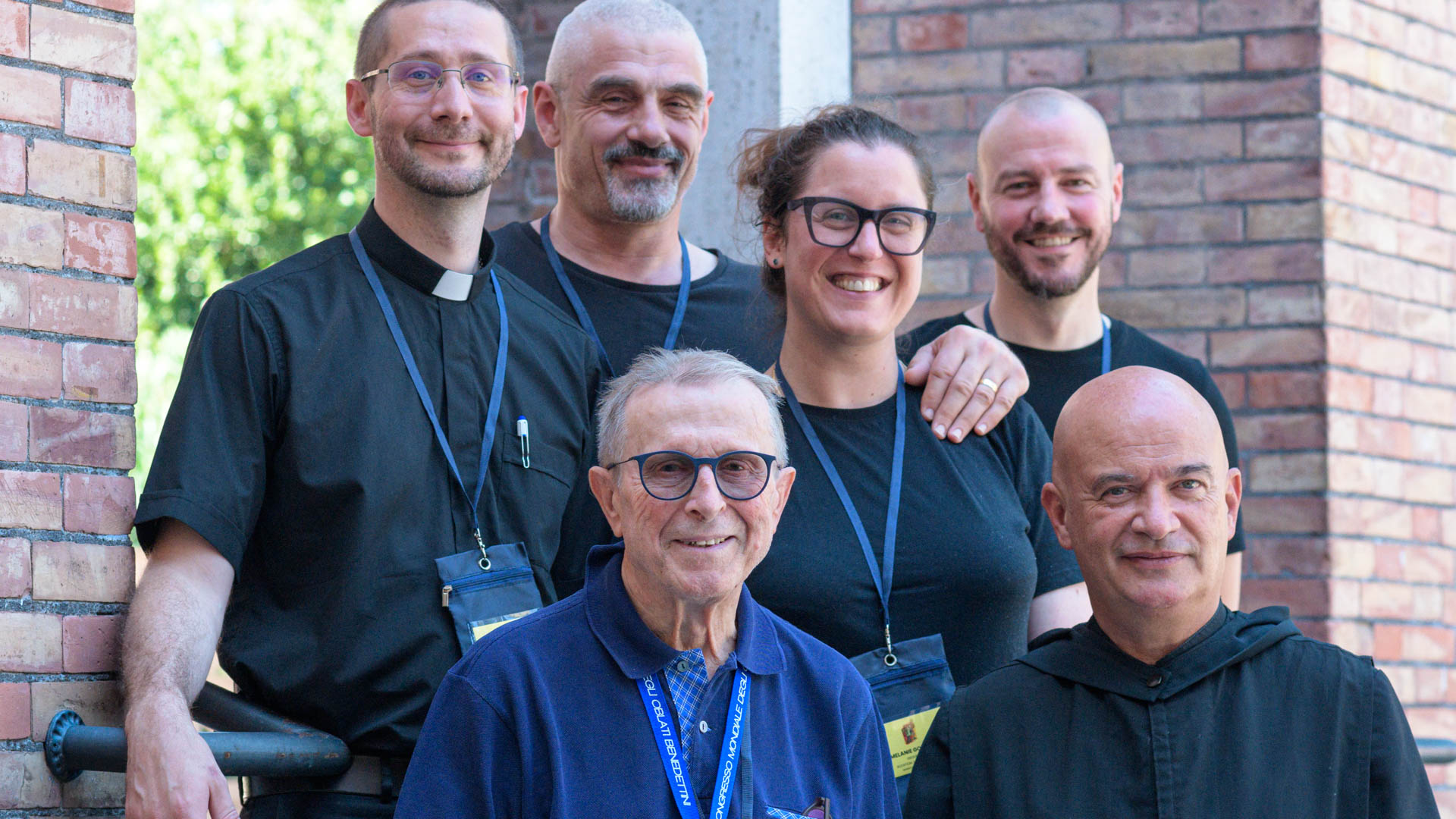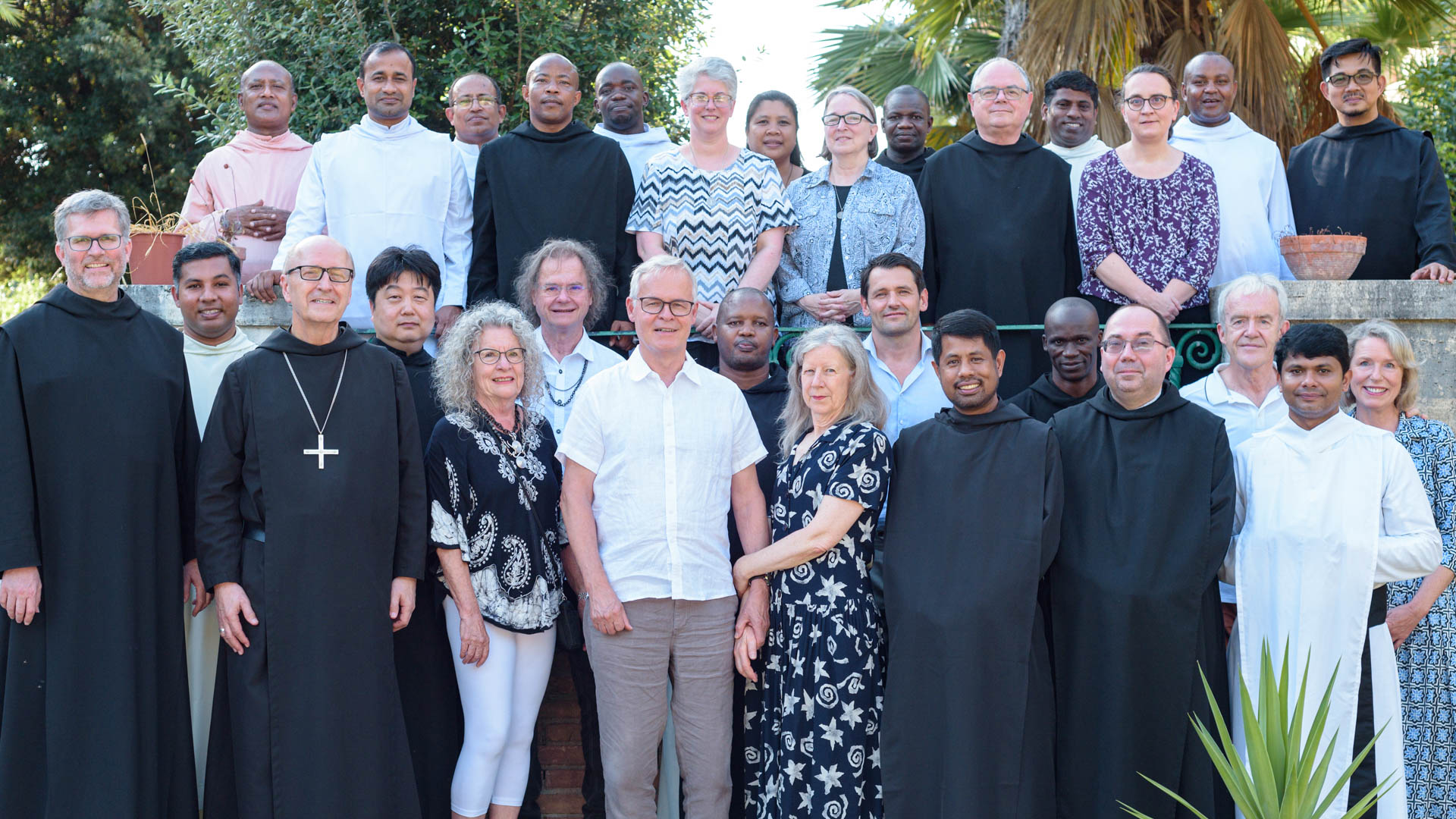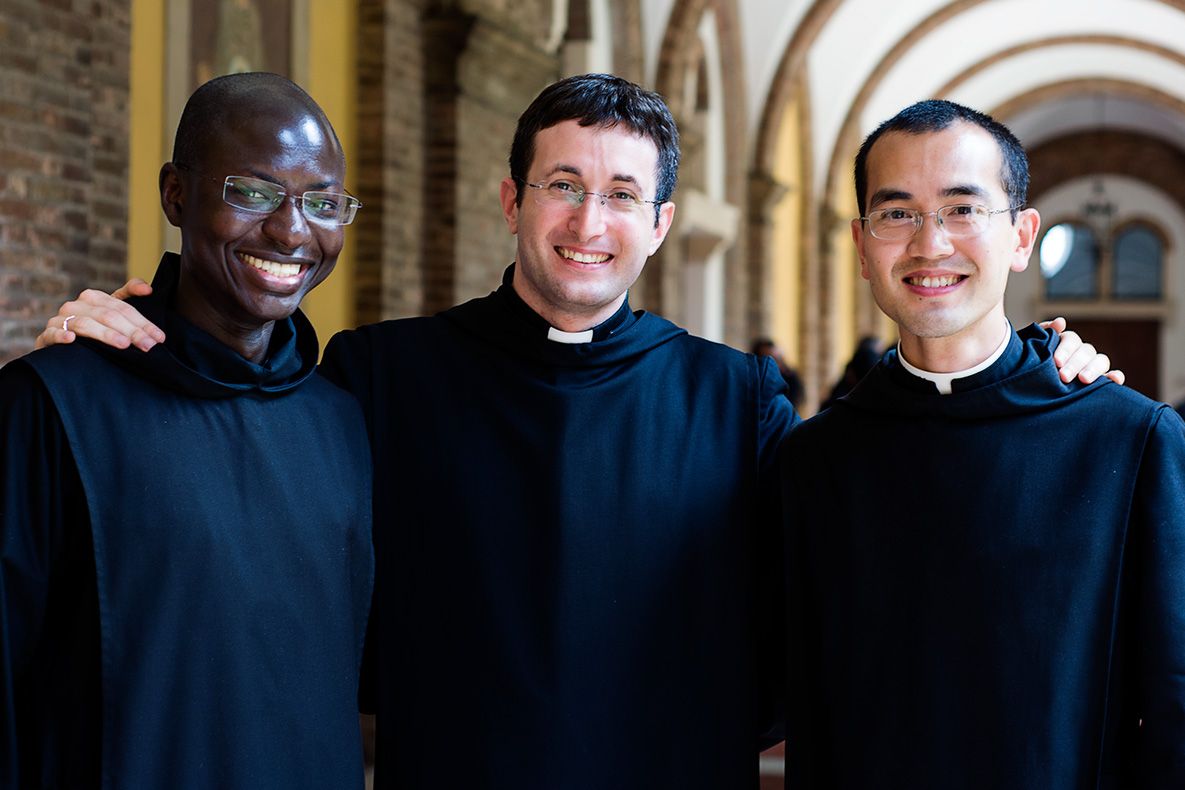13 May 2025
Twelve KU Leuven theology students immersed themselves in the rich tapestry of Catholic tradition during a weeklong study trip to Rome. From Vatican institutions to Dominican archives — this was a journey of faith, study, and connection.
From Saturday 26 April to Friday 2 May, twelve students and two professors from the Faculty of Theology and Religious Studies at KU Leuven (Belgium) spent a week at Sant’Anselmo Abbey in Rome — just as they did two years ago.
The visit formed part of the biennial course “Trip to Rome”, offering Dutch-speaking bachelor students the opportunity to deepen their understanding of the Catholic Church’s structures, administration, and institutions located in Rome and the Vatican.
During their stay, the group was warmly welcomed into monastic life and the structure of the Benedictine congregations by Abbot Primate Jeremias Schröder at Sant’Anselmo. Their itinerary included visits to the Dominican Order’s curia at Santa Sabina, the Jesuit-run Pontifical Gregorian University, and the Apostolic College of Penitentiaries at Santa Maria Maggiore. They also explored the Capuchin museum and the Church of San Clemente, cared for by the Irish Dominicans.
Within Vatican City and its extraterritorial spaces, the students met with representatives from the Dicastery for Promoting Integral Human Development and received a guided tour of the historical archives of the Secretariat of State. They also visited St Peter’s Basilica, entering through the Porta Santa, and enjoyed a panoramic view over the Vatican from the Gianicolo after touring the chapel of the Collegio Urbano and the archives of the Propaganda Fide.
The group gained further insight into the Church’s social mission through contact with the Sant’Egidio Community. They participated in evening prayer at Santa Maria in Trastevere and dined at Gli Amici, a restaurant run in partnership with people with disabilities — an experience that highlighted the Church’s inclusivity and hospitality.
The students did not forget the Belgian and Dutch heritage in Rome. They attended Mass at the Church of the Frisians (Saints Michael and Magnus) and the Church of St Julian of the Flemings. A guided tour of Santa Maria dell’Anima — final resting place of Utrecht-born Pope Adrian VI — offered a historical perspective. Additional visits to the Campo Santo Teutonico and the Academia Belgica rounded out the cultural component of the trip.
A highlight of the week was a reception hosted by the Belgian Ambassador to the Holy See at his residence. The group engaged in a meaningful discussion about the ambassador’s diplomatic role and that of his ecclesiastical adviser — an enriching end to an already dynamic week.
KU Leuven eagerly anticipates its next visit to Sant’Anselmo in the week following Easter 2027!
About the Faculty of Theology and Religious Studies at KU Leuven
The Faculty of Theology and Religious Studies at KU Leuven is one of the oldest and most renowned centres for theological research and education in the world. With a strong commitment to academic excellence, intercultural dialogue, and the study of Christianity in both historical and contemporary contexts, the faculty attracts students from more than 80 countries. It forms part of a vibrant academic community in Leuven, offering programmes at the bachelor’s, master’s, and doctoral levels in English and Dutch.
Altre Notizie
On Sunday, 24 September, 26 new residents arrived at Collegio Sant’Anselmo from 14 countries. Our international character is at the heart of Sant’Anselmo and we believe that living, learning and praying with people from different cultures is one of our great strengths and joys. Story, statistics and photos here.
On Sunday, 10 September, The Fifth International Oblate Congress, entitled, “Moving Forward: Living the Wisdom of The Rule”, began with an opening welcome by Abbot Primate Gregory Polan and a German Mass presided by former-Abbot Primate Notker Wolf. Story and photos here.
The Collegio was proud to host the Leadership and The Rule summer course again, in a successful venture that included 21 Benedictine, Cistercian, and Trappist monks and nuns. Watch the videos here.


